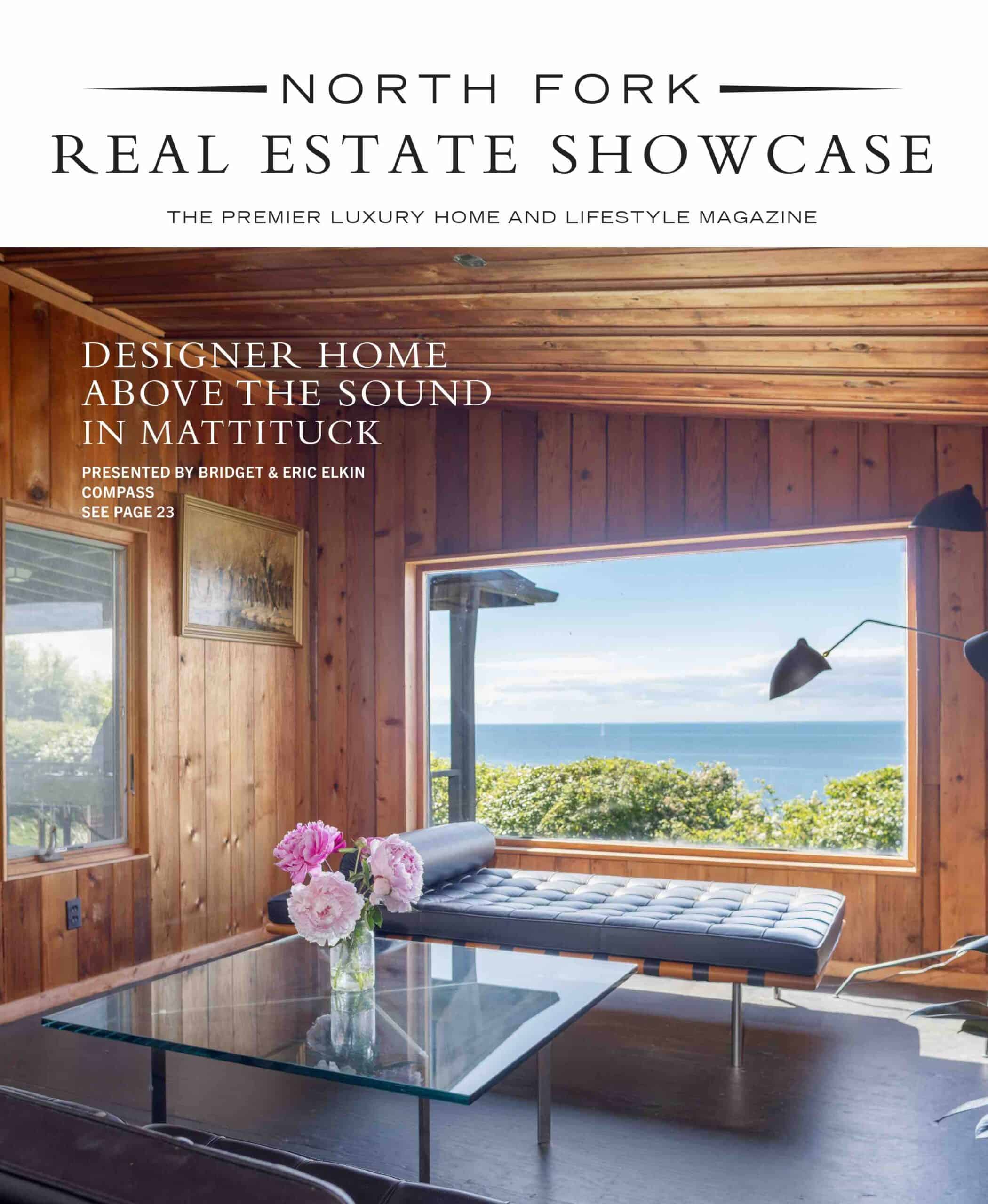North Fork-based ceramicist Chris Fanjul is a winemaker’s apprentice gone wrong. A former cellar rat at Paumanok Vineyards, in Aquebogue, he quit the business when he realized that owning his own winery wasn’t in his immediate future. Having majored in anthropology in college, the cultural scientist in him longed to make things with his hands. But it wasn’t until 2013, when he attended a pottery workshop at the Brick House Ceramic Art Center, in Long Island City, that he discovered he had a feel for clay. “I loved the nature of the wheel,” he recently recalled from his Mattituck studio in the basement of his home. “It was magic.”
He’s in good company for it seems that hand-made pottery and ceramics are enjoying a renaissance in a big way. Not the heavy, clunky, chip-your-tooth on a coffee mug ceramics of the Sixties, but a more refined style that takes its design cues from places as far afield as Japan and Scandinavia. There are waiting lists for ceramics classes in Manhattan and Brooklyn, ceramicists who’ve ditched their day jobs to devote themselves to their craft, and celebrity collectors clamoring for their work. Lena Dunham, reports Vogue, cherishes her set of hand-built Seder plates which are rimmed (oy vey) in 22 k gold.
As Fanjul notes, “There’s a hunger for hand-made objects in our digitally-driven world.” And, by extension, for things that are imperfect and one-of-a-kind, and for the tactile experience that an electronic screen can’t provide. For ceramicists, there’s the process itself, the primal thrill of firing clay–mud and sand, really–in a kiln at temperatures of up to 2300 degrees fahrenheit.
Many ambitious chefs have been early adopters of the trend, commissioning hand-made plates on which to serve their food. Taylor Knapp, who runs Paw Paw Pop-Up in Greenport, commissioned Fanjul to make the tableware for his tasting menus. He made a set of jade-colored bowls, seven-inch chargers stippled with native clay, and coffee cups into which he pressed black sand from a Cutchogue beach. Fanjul, whose style incorporates elements of both the Japanese and Scandinavian traditions, sells his pieces through word-of-mouth and via his online store on Etsy. (One of the pleasing paradoxes of the ‘maker’ movement is that its growth has been fuelled through social media and the Internet.)
As he has deepened his knowledge of craft and technique, he’s acquired an appreciation for the hard-glazed surface of salt-fired clay and the idiosyncratic, unpredictable beauty of atmospheric firing. He finds it gratifying to incorporate small quantities of local stones and clay into his ceramics, but transporting it is hard work. Some it is dug from spots along the South Fork, where the brick industry thrived until the nine-thirties. “I carried seventy-five pounds of clay half a mile down the beach,” he recalls. “I couldn’t move my arms the next day.”
Fanjul remains fascinated by the cultural aspects of pottery. “I hope my work appeals to younger people who seek simplicity in their lives, and also depth,” he reflects. “In our disembodied world, we need objects that are made with intention and serve a purpose beyond the strictly functional. Objects that aren’t disposable.”







